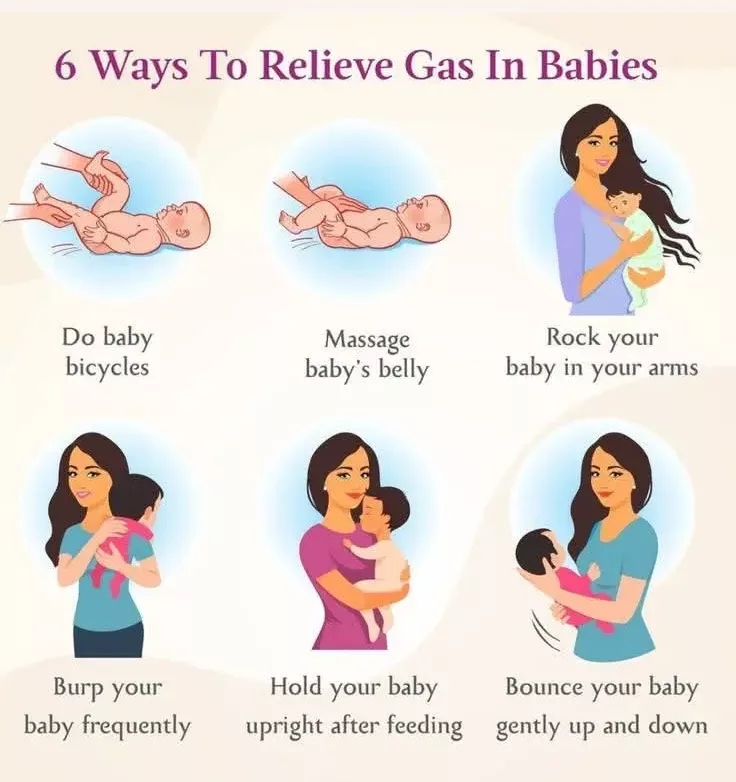How to Relieve Gas in Babies: Effective Tips for New Parents
Introduction
Gas is a common problem for infants, and while it can cause discomfort, it’s usually not serious. Babies often swallow air during feeding, which leads to gas. Knowing how to recognize and relieve it can help soothe your baby and reduce their discomfort.
Signs Your Baby Might Have Gas
- Crying or fussiness after feeding
- Clenching their fists or arching their back
- Pulling their legs toward their tummy
- Gurgling sounds or a bloated belly
- Trouble sleeping or resting
If your baby shows these signs, gas could be the culprit.
1. Burp Your Baby Frequently
Burping is one of the most effective ways to relieve gas in babies. After each feeding, gently pat your baby on the back to help them release any air trapped in their stomach. You may want to try burping your baby in different positions, such as:
- Over your shoulder
- Sitting upright on your lap
- Laying them across your lap on their belly
2. Tummy Time
Tummy time is important for strengthening your baby’s muscles, but it can also help release trapped gas. Gently place your baby on their tummy for a few minutes (while supervised) to encourage gas movement. This position can help ease discomfort.
3. Gentle Massage
A gentle massage on your baby’s tummy can help relieve gas. You can use your fingertips to make small, circular motions on their belly. This can encourage the gas to pass through the intestines more easily. Make sure to apply gentle pressure and stop if your baby seems uncomfortable.
4. Bicycle Legs Exercise
Move your baby’s legs in a gentle bicycle motion, alternating between bending one knee toward their tummy and then straightening it. This helps to move gas along the digestive tract.
5. Use Gas Relief Drops
If your baby is particularly uncomfortable, you can talk to your pediatrician about using gas relief drops, such as simethicone. These are usually safe but should be used sparingly and under guidance from your healthcare provider.
6. Check Your Baby’s Feeding Position
Sometimes, gas can occur if the baby is not in the right position while feeding. Ensure that your baby is latched properly if breastfeeding or that the bottle is angled correctly to avoid swallowing air. Consider using anti-colic bottles that are designed to reduce gas.
7. Monitor Your Diet (If Breastfeeding)
If you’re breastfeeding, certain foods in your diet might be contributing to your baby’s gas. Some common culprits include dairy, caffeine, and gas-producing vegetables like broccoli or beans. Try eliminating these foods to see if there’s any improvement in your baby’s discomfort.
8. Use a Warm Compress
Placing a warm (but not too hot) compress or a warm towel on your baby’s tummy can soothe their muscles and help with gas relief. Always test the temperature on your wrist first to ensure it’s safe for your baby’s sensitive skin.
Conclusion
While gas in babies can be uncomfortable, it’s usually a temporary phase. With a combination of burping, gentle movements, tummy time, and sometimes dietary adjustments, you can help your baby feel better. If your baby’s discomfort seems persistent or severe, be sure to consult your pediatrician to rule out any underlying conditions.
Pregnancy article : 23 Smart Tips For Simplify Pregnancy



